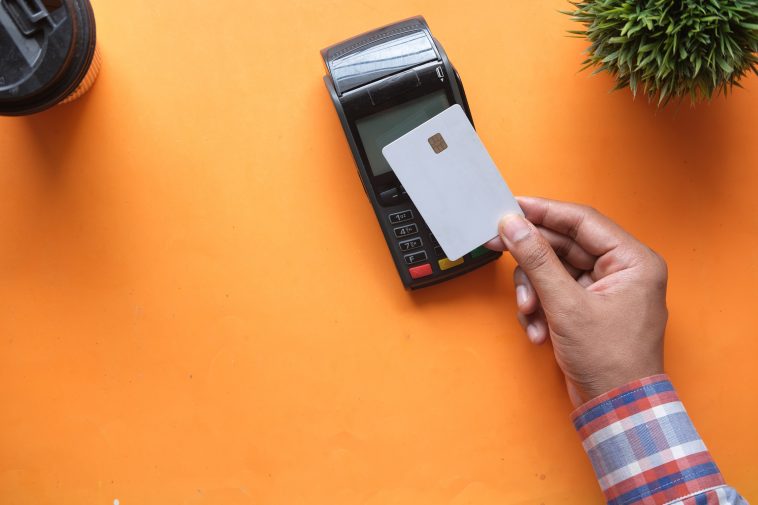Africa’s financial landscape is undergoing a seismic transformation, with embedded finance at the heart of this evolution. This innovation is driving financial inclusion, transforming e-commerce, and facilitating cross-border payments across the continent. The potential is immense, with the Nigerian market alone projected to grow from $1.1 billion in 2023 to $3.5 billion by 2029.
Opportunities and Growth Drivers
The rise of embedded finance is underpinned by increasing mobile penetration and a burgeoning digital economy. Mobile wallets like M-Pesa have reshaped local and cross-border transactions, while buy-now-pay-later (BNPL) solutions are empowering underserved populations. Africa’s e-commerce sector, expected to reach $56 billion by 2026, is benefiting from integrated financial tools that enhance accessibility and convenience for consumers and businesses alike.
Small and medium-sized enterprises (SMEs), which constitute 90% of businesses in Africa, stand to gain significantly. Embedded e-commerce solutions provide SMEs with streamlined payment processes and access to credit, enabling them to expand operations and improve efficiency.
Key Challenges to Scaling Embedded Finance
Despite its promise, embedded finance faces significant hurdles:
•Reliability and Accessibility: Africa’s diverse payment preferences and currencies create complexities. Solutions must accommodate regional differences. For instance, a Nigerian using the naira cannot seamlessly transact with a neighbour in Benin Republic using the CFA franc without reliable currency conversion and interoperable payment systems.
•Security Concerns: With cyberattacks in Africa rising by 112% in Nigeria between 2019 and 2023, robust encryption and fraud detection systems are critical for scaling embedded finance securely.
•Cost Barriers: High implementation costs—ranging from infrastructure to compliance—make it difficult for SMEs to adopt these solutions. Affordable, low-code tools and simplified API integration are essential to reduce entry barriers.
Cross-Border Payments: Unlocking a Key Frontier
Cross-border payments represent a transformative application of embedded finance. While platforms like M-Pesa, MTN Mobile Money, and PAPSS are making strides, challenges such as fragmented ecosystems and reliance on vehicle currencies like the US dollar persist. Blockchain technology and interoperable platforms are vital to addressing these issues, enabling faster, more cost-effective transactions.
Regulatory Landscape
Regulation is both a challenge and an opportunity. Regulatory sandboxes in countries like Zimbabwe are fostering innovation, while Kenya’s clampdown on predatory microfinance practices highlights the need for consumer protection.
However, inconsistencies between countries and the lack of a unified framework hinder seamless financial flows. Collaboration between governments, central banks, and private players is essential to harmonise regulations and drive scalability.
Financial Inclusion and the Path Ahead
Embedded finance is bridging the gap for Africa’s unbanked populations by integrating financial tools into everyday activities. From peer-to-peer transfers on social platforms to microloans and savings accounts, these innovations empower underserved communities to access formal financial services.
The future of embedded finance in Africa is bright, but achieving its full potential requires a collective effort. Providers must prioritise security, affordability, and interoperability. Regulators must support innovation with clear, adaptive frameworks. Public-private partnerships and investment in digital infrastructure will be key to overcoming current barriers.
 We just launched our WhatsApp channel. Want to get the latest news from the Tech in Africa?
We just launched our WhatsApp channel. Want to get the latest news from the Tech in Africa?



